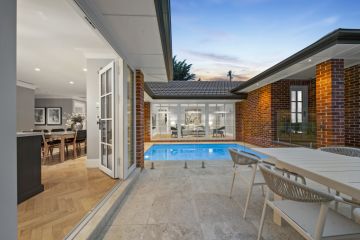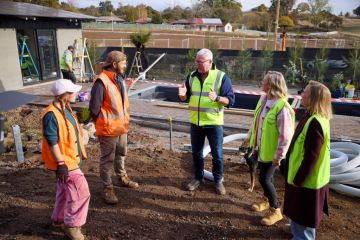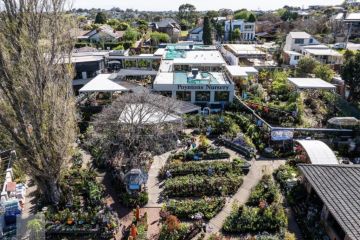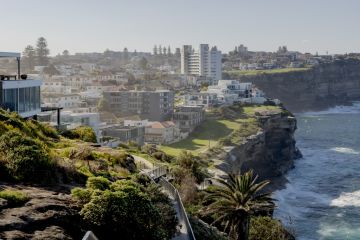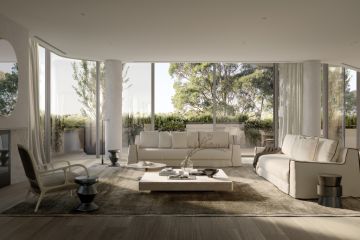A 1960s Melbourne house hides a stunning contemporary addition

A major extension to a 1960s Caulfield house by a Melbourne architectural outfit that only 10 years in practice is still cutting its adult design teeth, reveals a noteworthy degree of confidence with a big structural program and an even more ambitious agenda of internal and external adornments, detailing and mixed-material use.
Having worked before “with clients who had faith in us”, Jade Vidal, of Bower Architecture, explains that “Stepping House”, which added two new rear wings and a courtyard pool to an orange brick house that had “gentle scale – a human scale on the street”, became a successful exercise “in balancing big and little spaces while also exploring textural detail”.
A strong horizontality in the new single-level, multi-spatial living wing that abuts the new double level rear wing with the four bedrooms, hints at Modernism “but doesn’t replicate it. We hope the house is of its time”, he says.
He also hopes that by leaving the ’60s house front uncrowded by inserting only a new front door that leads through to the new amenity; and by cladding in dark vertical timbers what had been the original carport, “we concealed what was new”.
“You only get a glimpse of what is beyond that elegant, simple, single-storey frontage. Yet, when you walk in, you find a 500-square-metre house that is full of surprise”.
Against the bagged white bricky background geometry of solid structure, and the overt whiteness of the decor scheme, “we wanted to explore texture and show that textural white need not be bland white”.
“We wanted to show that in making big spaces, it was really important to have gestures that broke up those spaces.”
This explains the external pergolas and louvred frames that that make sunlight and shadow so theatrical.
On the bedroom wing that overhangs a fantastic outdoor entertaining room with a fireplace, a screen device is set well proud of the building to frame a spiral staircase and a tree that will one day fill the air cavity with seasonal leafiness.
This is why high internal windows are battened in white painted wood “which brings softened light inside”. It is why the multiple living spaces are subdivided both by changing floor levels and surfaces – wood or bluestone tiles, “the good stuff”, and by the interesting silhouette of a double-sided chimney breast projection.
“That’s a way of dividing one big open space into zones and gentle proportions,” says Vidal, who believes that if you keep to human scale, you can make rooms that won’t date.
We recommend
We thought you might like
States
Capital Cities
Capital Cities - Rentals
Popular Areas
Allhomes
More
